With the start of the ‘hungry gap’ a month away, Ruby Taylor of Native Hands shares her February forage of the month, starring early greens.
Soon we’ll be entering what’s known as the hungry gap (which lasts from March to May), when cultivated local veg are scarce. We’ll be relying mainly on stored roots and squash from last year, or on imported veg.
But look a bit closer and even this early in the growing season you can find good things to forage, if you know what to look for. It seems to make sense to forage at least some of our food, which is often denser in nutrients than imported options. And freshly foraged greens just taste full of vitality.
Here are a few that are commonly found, and some of these you might find growing in your lawn or the edges of your allotment, as I just did, for this photo (and supper). As always, be sure to pick these from places away from pollution and dog routes.

Photo by Ruby Taylor. From top to bottom: ground ivy, three-cornered leek, nettle tops (left), dandelion (right), cleavers.
Cleavers: these are just getting going and you can add a few small leaves to a salad.
Gorse flowers: they smell and taste of coconut and flower all year – eat raw.
Nettles: new tender growth is coming along now. I like to blanch them and eat as veg or add to omelettes.
Ground Ivy: slightly pugent, it’s good in salads in small amounts and makes a lovely tea.
Dandelion: young leaves are less bitter than the bigger ones. Your liver will love you.
Three Cornered Leek: a vigorous grower, the whole plant is edible, raw or lightly blanched.
Chickweed: a delicate little salad plant that grows in forgotten places, all year round if sheltered. A personal favourite.
Photo: from top to bottom, ground ivy, three-cornered leek, nettle tops (left), dandelion (right), cleavers.
Find the original post here on the Native Hands blog. Main image by Roger Bradshaw on Unsplash
 About the author
About the author
Ruby Taylor of Native Hands has been a maker since she was knee-high, and a teacher for over 20 years. She runs popular courses in Wild Basketry and Wild Pottery using foraged materials in the woods. She has experience of a wide range of basketry techniques and also works as part of a team teaching ancient crafts and technologies.

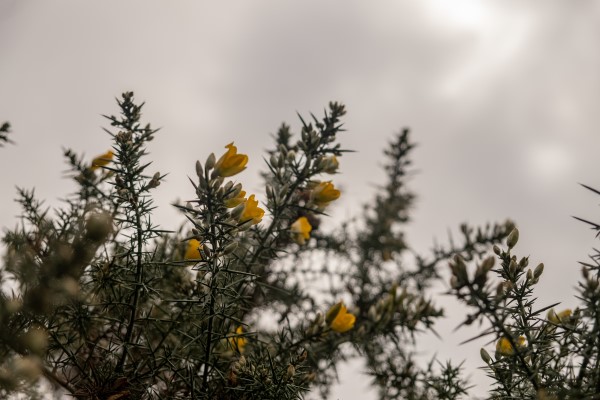
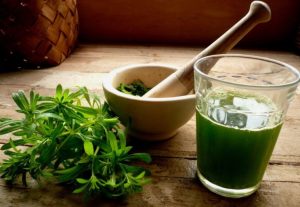
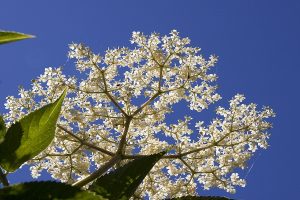
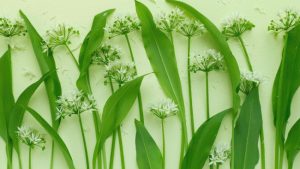
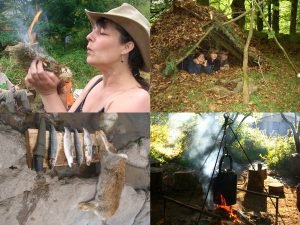
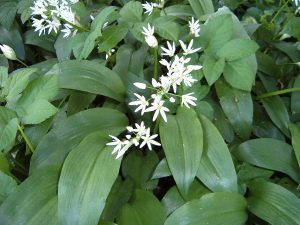
2 Comments
Ruby, Thank you for the foraging information..
Chickweed is also a personal favourite of mine – but not for eating – for making a cream to combat eczema!